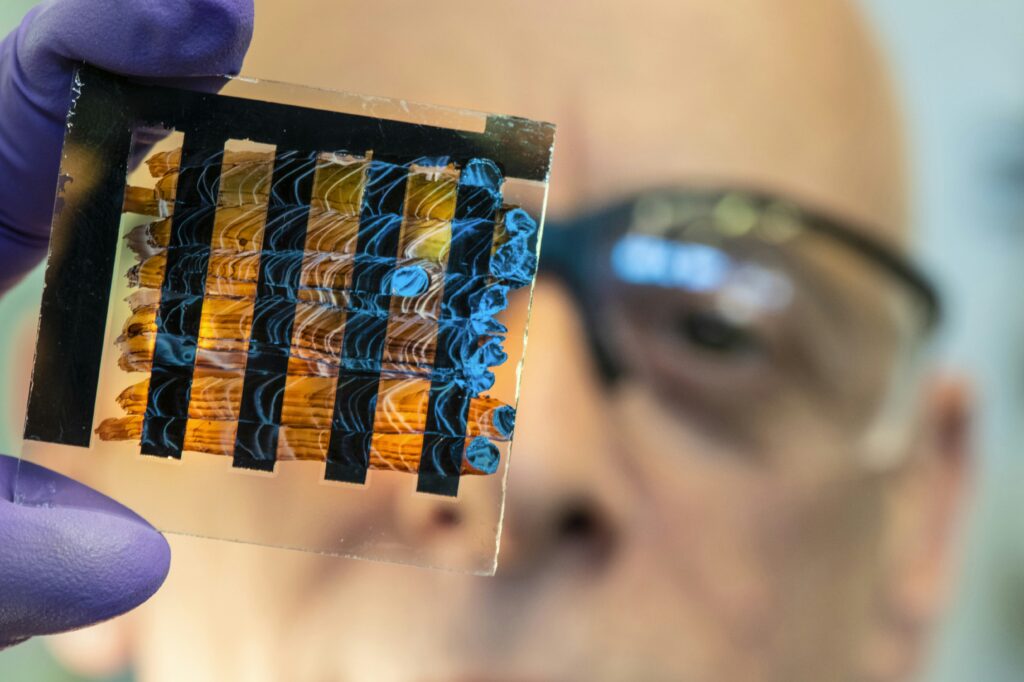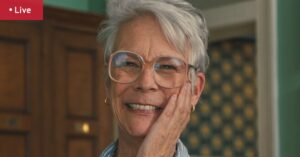
In a groundbreaking study, researchers have found that acupuncture significantly reduces chronic back pain in seniors, offering a promising alternative to traditional pain management methods. The study, conducted over six months and involving over 500 participants aged 65 and older, revealed that those receiving regular acupuncture treatments reported a marked decrease in pain levels and improved mobility.
The findings, published in the Journal of Pain Management, highlight the potential of acupuncture as a viable treatment option for the elderly, a demographic often burdened with chronic pain. The study’s lead researcher, Dr. Emily Chen, noted, “Our results indicate that acupuncture can be an effective, non-pharmacological approach to managing chronic back pain in older adults.”
Understanding Acupuncture’s Role in Pain Management
Acupuncture, a practice rooted in traditional Chinese medicine, involves inserting thin needles into specific points on the body to stimulate nerve-rich areas. This stimulation is believed to release endorphins, the body’s natural painkillers, and improve blood flow, thereby reducing pain and promoting healing.
The announcement comes as the medical community increasingly seeks alternatives to opioid medications, which pose significant risks of addiction and adverse side effects, particularly in older populations. According to the Centers for Disease Control and Prevention (CDC), opioid-related overdoses have become a leading cause of injury-related deaths in the United States.
Comparative Effectiveness and Patient Outcomes
The study compared the effects of acupuncture with those of conventional treatments, such as physical therapy and pain medication. Participants were divided into three groups: one receiving acupuncture, another undergoing physical therapy, and a control group relying on standard pain medication.
Results showed that the acupuncture group experienced a 40% reduction in pain severity, compared to a 25% reduction in the physical therapy group and a 15% reduction in the medication group. Additionally, patients receiving acupuncture reported fewer side effects and a higher quality of life.
“By the Numbers: Acupuncture led to a 40% reduction in pain severity, outperforming physical therapy and medication.”
Expert Opinions and Future Implications
Dr. Sarah Martinez, a pain management specialist not involved in the study, commented on the findings: “This research underscores the importance of integrating alternative therapies like acupuncture into mainstream medical practice, especially for vulnerable populations such as seniors.”
Meanwhile, healthcare providers are encouraged to consider acupuncture as part of a comprehensive pain management strategy. The move represents a shift towards more holistic approaches in treating chronic conditions, aligning with a broader trend in healthcare.
The implications of this study extend beyond individual patient outcomes. As healthcare systems worldwide grapple with the challenges of an aging population, effective and sustainable pain management solutions are crucial. Acupuncture, with its low risk of side effects and non-invasive nature, could play a significant role in addressing these challenges.
Looking Ahead: Integration and Accessibility
Efforts are underway to increase accessibility to acupuncture treatments, particularly for seniors who may face barriers such as cost and availability. Insurance companies are beginning to recognize the benefits, with some already offering coverage for acupuncture sessions.
According to sources within the healthcare industry, there is a growing push for policy changes that would further integrate acupuncture into standard care protocols. This development follows increasing evidence of its efficacy and patient satisfaction.
As the medical community continues to explore and validate alternative therapies, acupuncture stands out as a promising option for those suffering from chronic pain. The journey towards widespread acceptance and integration may be complex, but the potential benefits for millions of seniors are undeniable.
In conclusion, the study’s findings provide a compelling case for the broader adoption of acupuncture in pain management, particularly for the aging population. As research continues to illuminate its benefits, acupuncture could become a cornerstone of holistic healthcare strategies worldwide.







